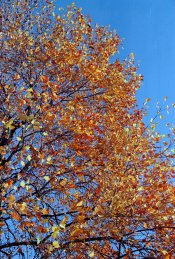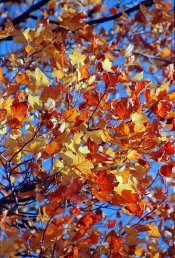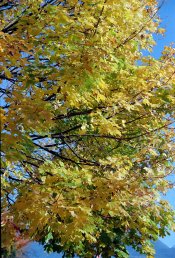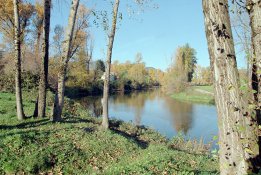braxus
Member
I just got through scanning my first batch roll of 35mm B&W on this scanner. I chose this scanner over the other new option which is the Plustek 8200. The Plustek doesn't do 10,000 dpi nor does it have auto focus. The Primefilm is available in the USA for $500, which is a really good price, since many old film scanners like the Minolta 5400 go for at least that on Ebay, and those are used scanners. Seemed like a no brainer getting the Primefilm unit. I really like the results I get off this scanner, though I did have to add some contrast on many shots of B&W. My only real gripe is the time it took to scan 36 images, plus the fact on most frames, I had to readjust the film offset for each shot. That alone wasted a lot of time to get the frame centered. Its a shame they didn't build in frame detection somehow, instead of the thing advancing to any value for each shot. But after all was said and done, the results spoke for themselves. Im not sure the 10,000 dpi option is useful, as the image was soft at 100 percent with the grain showing. This might help on blowups, but for most uses 5000 dpi or less is better off. It took around 5 minutes to scan at 10000 dpi. Very slow process. Here are some samples from this scanner. I can't say if its any better then the Minolta Scan Dual IV I had previously, but it looks decent enough. And I have a warranty with my 500 dollar purchase. It holds the highlights quite well on these scans. And I used the multiexposure mode on each scan, which added to the scan time. It took over 5 hours to scan up all 36 shots at 2500 dpi. This roll was 2012 Plus X developed in Xtol.
Attachments
-
 07.jpg1 MB · Views: 333
07.jpg1 MB · Views: 333 -
 09.jpg978.7 KB · Views: 267
09.jpg978.7 KB · Views: 267 -
 09large100percentcrop.jpg216.5 KB · Views: 256
09large100percentcrop.jpg216.5 KB · Views: 256 -
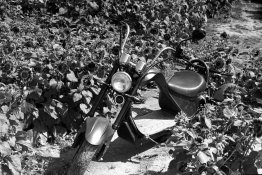 15.jpg1.3 MB · Views: 256
15.jpg1.3 MB · Views: 256 -
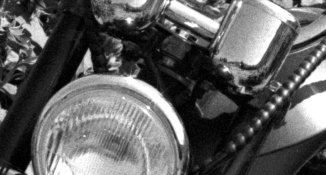 15large-100percentcrop.jpg249.4 KB · Views: 237
15large-100percentcrop.jpg249.4 KB · Views: 237 -
 19.jpg1.2 MB · Views: 274
19.jpg1.2 MB · Views: 274 -
 21.jpg1.2 MB · Views: 227
21.jpg1.2 MB · Views: 227 -
 23.jpg1.3 MB · Views: 252
23.jpg1.3 MB · Views: 252 -
 25.jpg1.2 MB · Views: 218
25.jpg1.2 MB · Views: 218 -
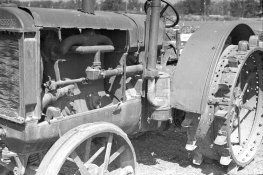 26.jpg1.1 MB · Views: 261
26.jpg1.1 MB · Views: 261 -
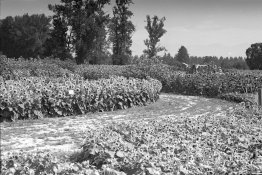 29.jpg1.4 MB · Views: 218
29.jpg1.4 MB · Views: 218 -
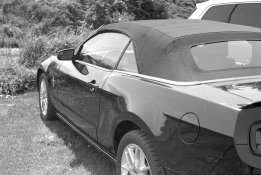 31.jpg1.1 MB · Views: 260
31.jpg1.1 MB · Views: 260


